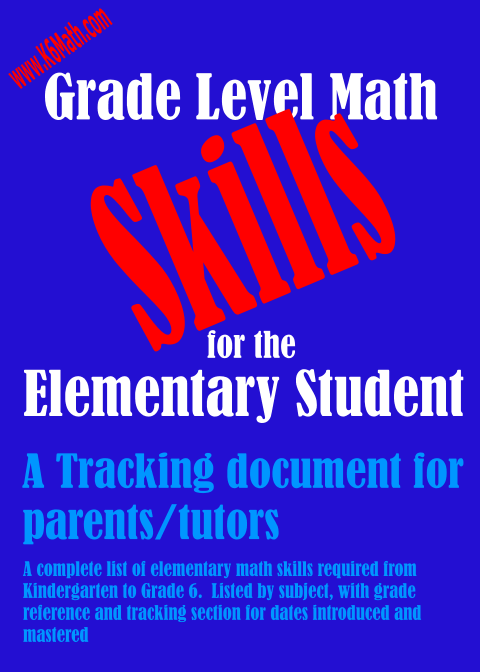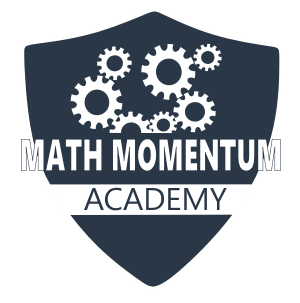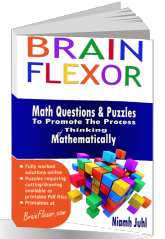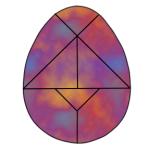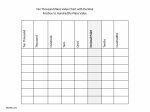Teaching Measurement
So your child will Understand it!
 |
Measurement is not an easy task for students to understand. As a result teaching measurement is neither easy nor straightforward. |
Measurement, like any other area of math, is not simply the knowledge of measurement facts. Printing charts such as a liquid measurement chart is not helping your child understand measurement. It is simly giving them the answer - these aids should be retained for when they understand the concepts of measurement fully. Then they are wonderful additions to their math fact folders!
Start with the concepts
The concepts of measurement are already familiar to your child. They really are very aware of these, even if they (or you) haven't linked them to a math skill. The best way to teach them about measurement, is to continue talking to them about it .... ALL the time! And be sure to include the correct 'language' while you are doing this, mentioning both what your are measuring, the units of measurement and the tools you use to get your results.
|
Type of Measurement |
Things to Consider |
 Money |
|
 Linear Measurement |
|
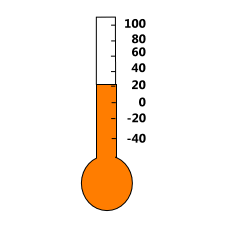 Temperature |
Teaching measurement of this kind, is probably one of the easiest! |
 Mass/Weight |
|
 Volume/Capacity |
|
 Time |
|
 Area |
|
Introduction to the Units of Measurement.
|
This is only done after a firm grasp of the concept of measurement is achieved. The introduction to units of measurement in the school system is done slowly and through a spiral format. This insures kids aren't totally confused with too many units at the same time. What and when to introduce is outlined in great detail in the Grade Level Skills booklet I have put together for your use. Print and enjoy it. |
This information is simply a few ideas for you when it comes to teaching measurement to your kids. To know all the information they must achieve by 6th Grade (the end of elementary math) please follow the links to each type of measurement, on the left.
Keep In Touch!
You can send me a quick message, subscribe to K6Math Fun & Update, or join my Facebook Page - K6Math. Choose all the options so you don't miss any of the new material added to this site.

